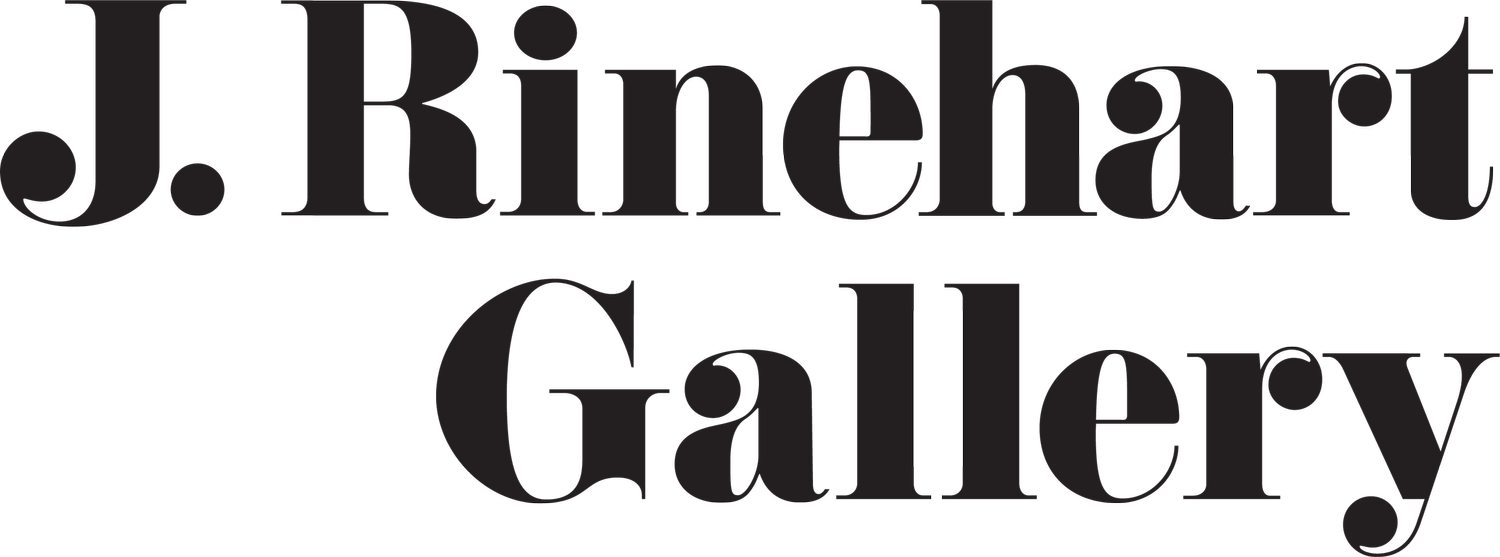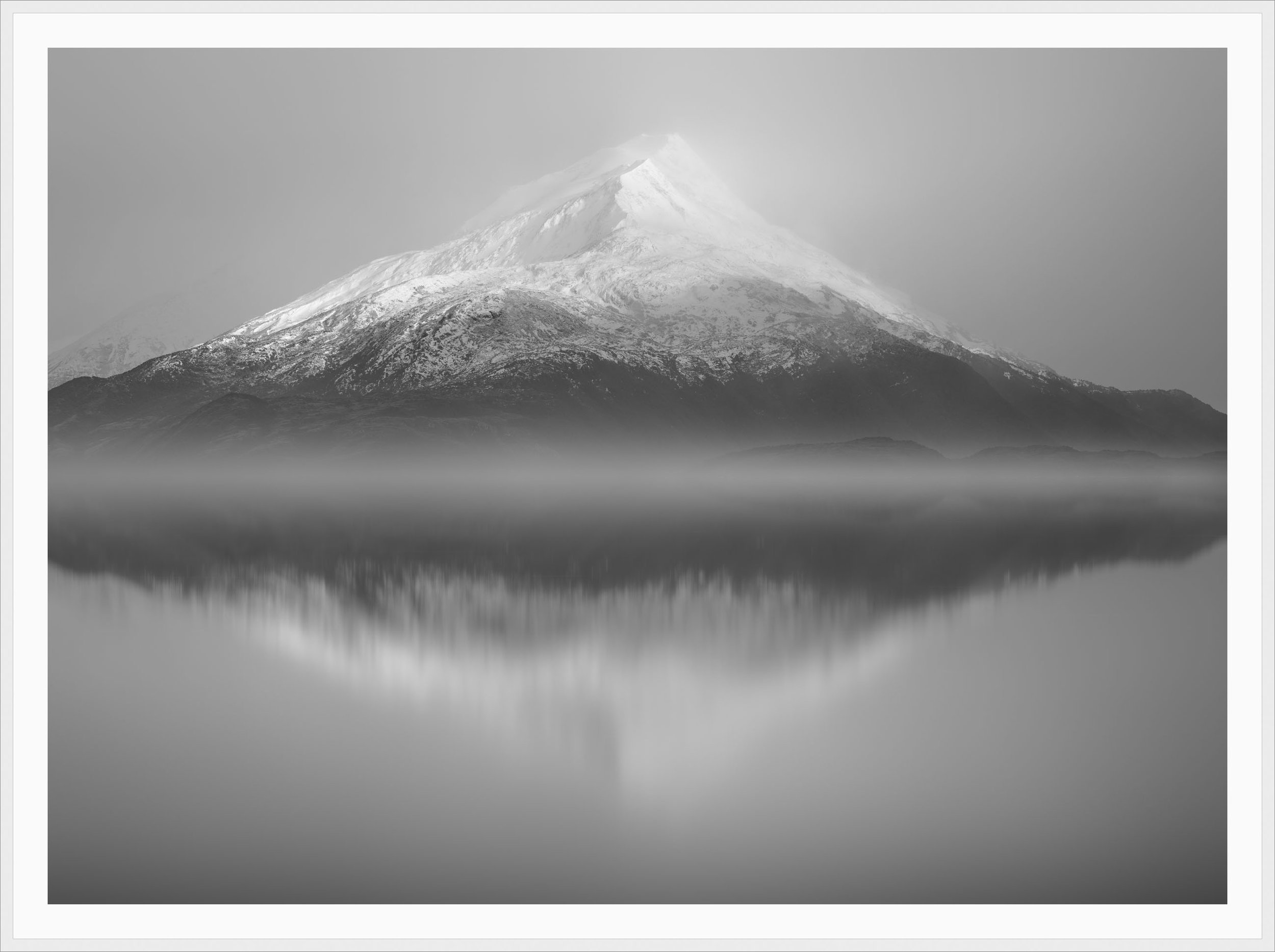CHRIS JORDAN
-
Chris Jordan is a photographer and artist, best known for projects that probe the dark underbelly of our culture of mass consumption. For many years Jordan has been interested in the tragedies and ironic complexities of our many forms of waste. His work has tried to edge-walk the lines between art and activism, beauty and horror, abstraction and representation, and the visible and the invisible. If feels worth it to face the external landscapes of the shadow side of our culture, as a way of encountering something internally about ourselves that is otherwise hard to see. Chris Jordan’s approach is less about blaming or judging, and more about honoring the complexity of these phenomena.
Chris Jordan has participated in numerous Museum exhibitions such as The Museum of Science, Boston, MA. The Pacific Science Center, Seattle, WA. Amarillo Museum of Art, Amarillo, TX. Sungkok Art Museum, South Korea, and many others.
Chris Jordan currently lives and creates art in Patagonia, Chile, -
Beauty Emerging
In my two decades as a full-time artist, the primary questions that have motivated my work remain as open as ever. How do we bear the dark realities of contemporary culture, as they become ever more surreal and overwhelming? As our collective shadow side grows and amplifies, the mind risks turning further toward cynicism, egoism and disconnection. What is the antidote to help us stay in contact with our humanity, to find cultural balance, and contain our rage, grief, and the anxiety of our own powerlessness?
In the frame of these questions, I have come around slowly, even reluctantly, to acknowledge the transformative power of beauty. I say reluctantly because turning toward beauty at a moment such as this feels counterintuitive, irresponsible, and smacks of denial or avoidance. Of all things, why beauty, and especially now, when definitive action and grounded solutions are paramount? As the poet John O’Donohue says: “Beauty, first because we are desperate; and second, because perhaps it is the fact that we turned away from beauty that got us into this mess in the first place.”
I have come to see beauty as a kind of star by which to navigate forward. I don't propose it as a way to ignore or bypass our problems; of course we must stay laser-focused on them and their solutions more than ever. What the experience of beauty can do is help us stay connected on a basic level, offering a true source of guidance, wisdom, and direction. Beauty provides a channel to the deepest parts of our individual and collective selves, where the core of our humanity lies. At this crucial moment of uncertainty and mental chaos, beauty can anchor us, and help us evolve our relationships with each other and with life itself.
By beauty, I mean it broadly: the complex miraculous exquisiteness of the living world, in all of its forms and scales, from the microscopic all the way to the cosmic, including each one of us. Beauty reminds us that we are more than just human; we are beings, alive and conscious, in an infinite museum of unimaginably fantastical artworks made by an unknowable artist. The wonderment we experience in beauty's presence can bring a mental and emotional luminosity that crosses all lines of politics, language and culture. Beauty can open a doorway home to our natural state of gratitude and love for the living world, and for the miracle of our own life. Beauty doesn't provide a solution to anything; but in these challenging times it can serve as a spacious container, a place of perspective to hold and heal our broken hearts. May it be so.
~cj, Punta Arenas, Chile, 2024 -
The Getty Museum
Los Angeles County Museum of Art (LACMA)
Museum of Fine Arts, Houston
Santa Barbara Museum of Art
San Jose Museum of Art
Birmingham Museum of Art
Austin Museum of Art
Boise Art Museum
Nevada Museum of Art
North Carolina Museum of Art
Jordan Schnitzer Museum of Art
Cleveland Clinic Sprint Collection
Fidelity Investments
Erica Tishman Collection
Michael Wilson Collection
Allen G. Thomas Jr. Collection
Aspen Companies
Tobias Foundation
Kadist Foundation
Bruce Berman Collection
West Collection
Moon Collection
AVAILABLE ARTWORK
ECSTATIC DESOLATION
For many years my mind has craved a balance between facing the dark realities of so- called first-world culture, and embracing the ever-astonishing fact that we are here to experience the impossible miracle of life in the first place. My previous work focuses on the former, in projects that examine various forms of mass consumption. I am alarmed by the multi-layered unconscious processes that propagate in collective consciousness, leading to all kinds of destructive effects that I believe no one wants or intends. Forces apparently beyond anyone’s control are increasingly putting us all at risk for disconnecting from our humanity. Lately I wonder if there is value in placing attention on the other side of the equation. Poets and philosophers through the ages have spoken of beauty’s power as an antidote to the egoic tendencies the mind, to help us stay connected with what matters on a basic level. Whatever currents might be moving in the human world, below like a subterranean river beauty’s grace flows unperturbed. Here in southern Chile, where I have had the good fortune to live for a few years, I find a particular kind of “slow beauty” that captures my imagination. Along the Patagonian shore the subtle tonalities of sea and sky quiet the senses and expand awareness. The centering space of the horizon beckons the soul toward a widening perspective. Time stretches out, and inside the changing landscape a stillness reveals itself. This experience doesn’t solve any of our problems, but in the increasing chaos of our world it does offer a container, a soft place like a nest, where the heart is invited to pause, listen, and remember. ~cj, Punta Arenas, Chile, 2024
BELLEZA DESESPERADA
In 2023 I had the good fortune to be invited by my friend John Verb on a sailing expedition into the fjords of southern Patagonia. John was planning on passing through on his way to other destinations, but the fjords captured his imagination as they did mine. What started as a journey of a few weeks turned into six months, and what we found there was transformative. The Patagonian wilderness is breathtakingly wild and gorgeous, and even more so for the stunning solitude it offers. This is a vast and undeveloped part of the world, in some ways still as pristine as it was millennia ago, with channels and fjords and islands and forests that few humans have ever set foot on. For me the experience of being alone in this vast primordial place touched something fundamental in my soul. And tragically, this entire ecosystem is under attack from various directions, doomed to be changed forever. Invaders include the exponentially growing populations of non-native beavers and minks that were introduced a few decades ago by Canadian trappers. The beavers multiply without any predators, spreading their populations across the landscape and destroying all trees in their paths. Once they dam and flood a valley, killing all the trees in it, they move up the mountainsides decimating forests until they arrive at the tree line. We saw beavers foraging for scraps of wood in high alpine lakes at the face of glaciers. They are spreading across the mountain ranges and swimming across the channels, altering Patagonia's ancient ecosystem radically and permanently. The rapidly multiplying minks are as destructive in another way. Their prey is not trees but every species of land-based bird. They can climb trees and make their way into every hiding spot, leaving all nesting bird species eventually destined for local extinction. There is no known way to eradicate or meaningfully control either the beavers or the minks, as hundreds of thousands of them have now spread over a vast area and they are difficult to hunt, trap, or poison. And Patagonia’s otherwise incredibly bio-rich waters are equally at risk. There are more than a thousand international salmon farming operations in the protected fjords here, multiplying rapidly with their ultra-polluting practices, uncontrolled in any significant way by the Chilean government. Most of these are Norwegian and Chinese; none are Chilean, and no one knows exactly how they gain their permissions in the first place. In the absence of environmental laws or enforcement, their toxic waste pollutes the fjords and create increasingly large biological dead zones. And perhaps even worse, the non-native farmed Atlantic salmon have also escaped from the pens and are multiplying exponentially in the Patagonian waters. They are voracious predators that eat everything in their path, and they seem destined to take all of the native fish populations here to extinction. Illegal fishing of multiple species also takes place here with little governmental oversight, including commercial-scale overfishing of the krill populations that are the nutritional basis for the entire southern marine ecosystem. Most of the illegal fishing is Chinese and Spanish, in fleets of up to fifty vessels at once. Cruise-ship tourism is also on the rise here, with its attendant environmental impacts. Multiple companies are building docks in this region for their largest ships. Environmental activism is few and far between here, and what little there is tends to fall on deaf ears of the ultra wealthy who control the resources. For individuals who care about these ecosystems, the sense of powerlessness can bring up feelings of rage and grief that are hard to bear. Like my project on Midway Island, my work here is not about pointing to “solutions,” which in this case are hard, if not impossible, to formulate anyway. I am more interested in the emotional/spiritual experience of witnessing, as a way of connecting more deeply with our humanity. This to me is the missing piece in our story right now, and without it we will never find the collective depth of wisdom and courage to implement the solutions that are already available. For me the subject here that moves me so deeply is not the tragedy, but the beauty of this place. Being in Southern Patagonia feels like being in love with someone who is dying, making the complex mix of emotions all the more powerful. This place is changing, as fast as anywhere on the planet. And, at least for now, it is still alive, and still magically, impossibly, desperately beautiful. ~cj, Punta Arenas, Chile, Feb 2024
THIRTEEN MOONS
I suppose we are all in love with the full moon rising, especially when it reflects in a silvery tranquil sea. Even having witnessed a few hundred moonrises in my sixty years, every new one offers a mystical experience all over again. Photographing a moonrise so it looks the way our eyes see it presents interesting technical challenges. Over time I have developed several processes for manually joining large numbers of exposures together, using layering/blending and stitching techniques borrowed from astrophotography, to create ultra-high-resolution high-dynamic-range images. The prints are made on watercolor paper using pure carbon pigment in eight shades of black. Containing more than 500,000 individual pixels of information per square inch of print, they carry a rich tonal complexity that for me celebrates not only the ineffable magic of the rising moon, but also the amazing technology we have available for capturing and rendering it. ~cj, Punta Arenas, Chile, 2024
PERIPILLAN
This mini-series is my devotional to Volcan Osorno, on Lago Llanquihue in southern Chile, where I had the good fortune to live in a small cabin for two years during the pandemic. I call this series Peripillan, which is the native name for the mountain, referring to the Mapuche God of Fire that lives inside the Earth. ~cj, Lago Llanquihue, Chile, 2023
SUMAVA
In the heart of central Europe in the land formerly called Bohemia, now the Czech Republic, there once stood an iconically beautiful deciduous forest known as the Šumava (“the sound of wind in the trees”). For centuries it was considered to be the deepest forest in all of Europe. In the winter of 2019 I went there to photograph it, thanks to an artist residency offered by my friend Barbara Benish. Despite the claims of this forest's continued existence made on numerous Czech-government-sponsored websites, I found that there is nothing left of it. The entire region of hundreds of square kilometers has been clearcut and replanted with non-native, single-species, same-age conifer farms. These “forests” are commercially harvested by the Czech Government, including 100% of so-called Šumava National Park. It felt eerie and surreal to stand in the patchy stands of spindly trees, with no vegetation growing in the understory and no birds or other animals to be seen or heard. In addition to being continually thinned and periodically clearcut, the non-native conifer population is under massive assault by bark beetles, which invade and kill trees that are already weakened by poor forestry practice and climate-change related drought. The trees are harvested when still young, resulting in weak wood fibers that are not suitable for lumber. All of the trees farmed here are ground into pulp to be made into cardboard boxes. One of their largest clients is Amazon.com. Exploring the Šumava region through the winter of 2018-2019, I experienced a rich mixture of sadness, beauty, and reverence for what has happened to this ancient ecosystem. I found small patches of native forest in steep ravines and along creeks, out of reach of the logging machines. In these places I felt the spirit of the primeval forest still present, as if radiating from the Earth herself, reminding us what this forest once was, and what it could still be again, and of the magnificence of all trees everywhere. ~cj, Horaždovice, Czech Republic, 2019


























































